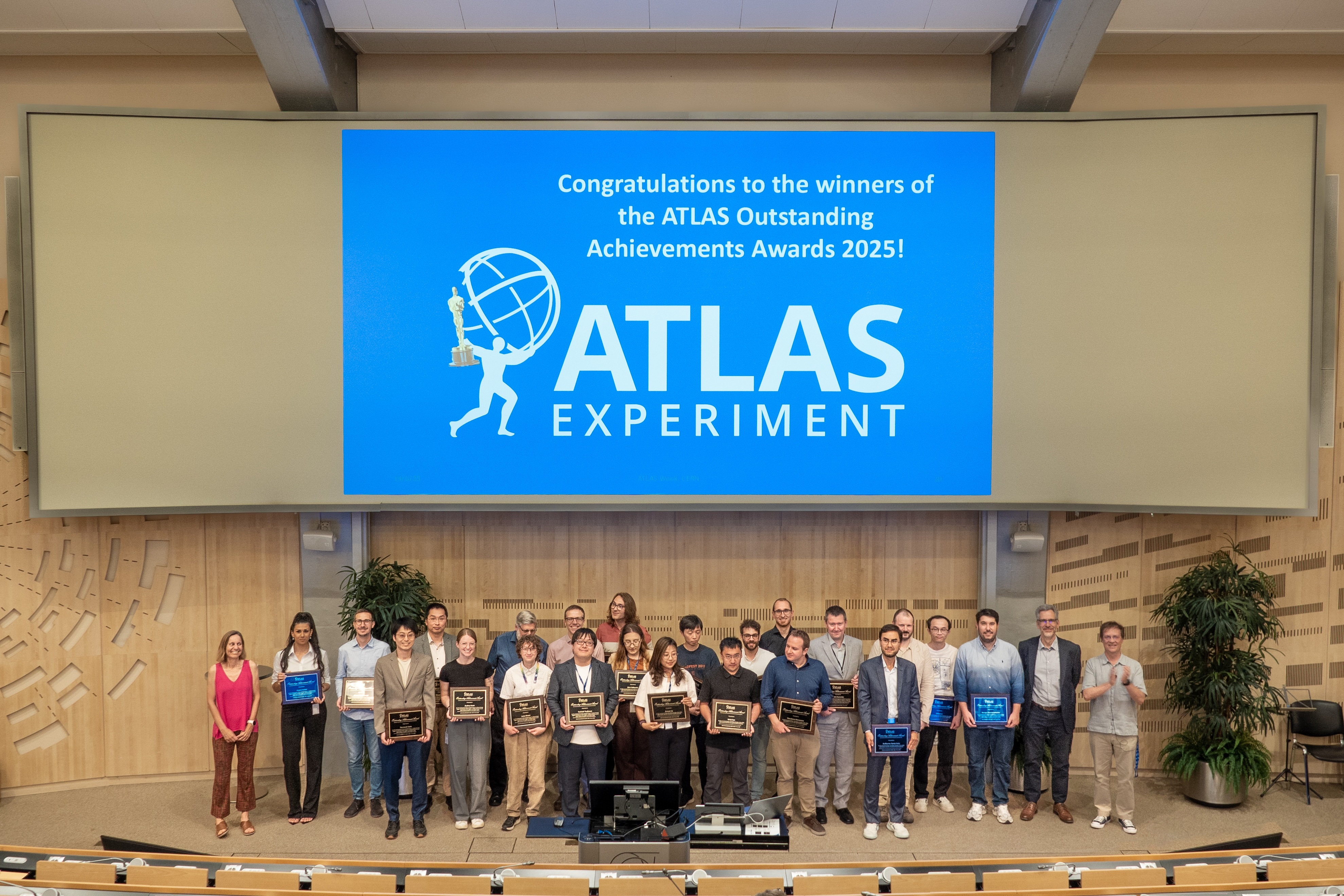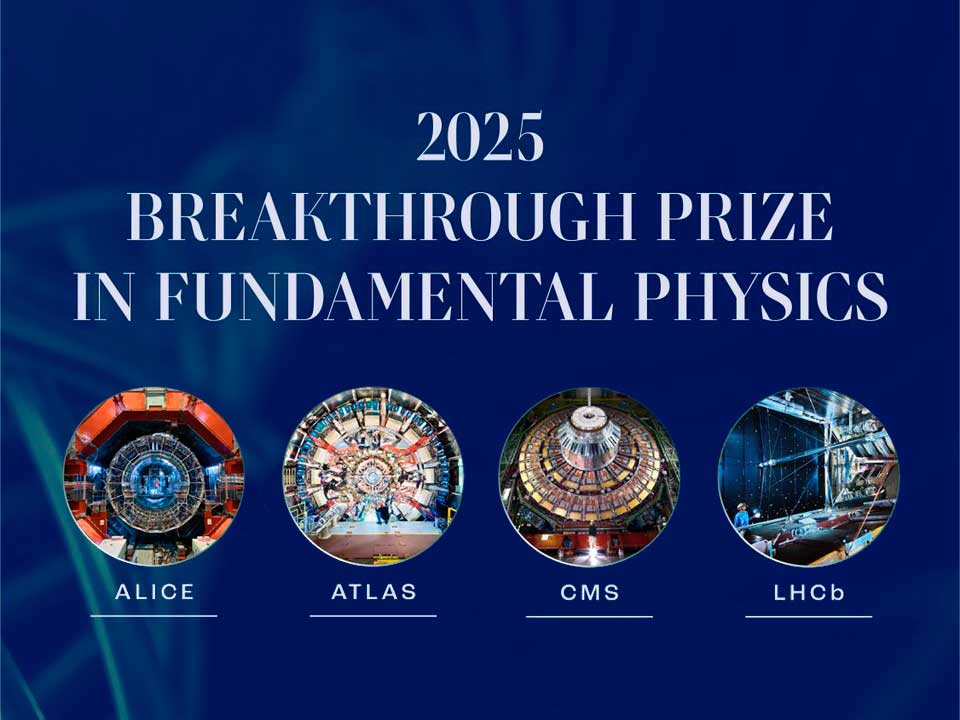In conversation with Philippe Farthouat, a driving force behind ATLAS electronics
14 January 2020 | By

Philippe Farthouat has played a critical role in electronics development since the beginning of ATLAS, from design and prototyping to testing and installation. He has been the overall ATLAS electronics coordinator since 1999.
In 1977, I started my first job out of university working at a nuclear-physics laboratory in Saclay, France. After a few years there, I moved to a department collaborating with CERN and was assigned to work on the OPAL experiment on the Large Electron-Positron Collider (LEP).
As the experiment geared up for installation, my work on OPAL required me to be on-site full time. I had to make a decision: I could make the journey back and forth from Paris to CERN every week, or I could just move. My wife and I were soon expecting our third daughter, and a commute would never have worked. We moved to the area in 1988 and have been here ever since.
Two years later, I was offered a CERN staff position as a group leader in the Electronics & Computing for Physics (ECP) department. I thought they were a bit crazy, because I had no management experience – but I took on the challenge nevertheless. The group was in charge of designing the electronic systems for several experiments, in particular the Omega Spectrometer and the LEP collider, as well as the first R&D programmes for the LHC.

There were a number of these programmes starting at that time, looking at many different types of detectors that could be installed on the LHC. At the time, it was not yet clear if we could even make a detector for it. ATLAS was not yet a collaboration, so it is hard to say when my “real” work on it began. But, as a matter of fact, my group was involved in R&D for detectors which were later integrated in ATLAS. For instance, I remember that the very first day I came in my office as a CERN staff member, I had a letter waiting on my desk from Chris Fabjan – who would become the ATLAS Muon Project Leader – asking for help developing the electronics for what would become the ATLAS Transition Radiation Tracker (TRT). Thus, when ATLAS formally became an experiment, my group was naturally selected to focus on its development. So, it’s not that I chose ATLAS because I thought it was the best proposal, but I never regretted it.
My group was involved in a number of ATLAS projects, including the TRT readout electronics, level-1 central trigger logic, TTC (timing, trigger and control) distribution and readout links (S-Links), as well as general support and electronics coordination.
It was clear very early on that the amount of electronics to be installed in the LHC experiments, as well as their complexity and cost, would require dedicated scrutiny (which was not really the case before the LHC). This led CERN to establish the LHC Electronics Review Board and to the LHC experiments to put in place internal electronics coordination. ATLAS elected Brig Williams from the University of Pennsylvania as the very first electronics coordinator in 1996, and I served as his deputy until taking over the role in 1999.
We faced several significant challenges, especially at the beginning. ATLAS needed electronics that could last several decades, be built on time at low cost and be compatible with the overall trigger and data acquisition architecture. And, if that weren’t enough, we soon realised that the issue of radiation hardness for the front-end electronics was going to be a major obstacle, though it was not yet clear, at that time, exactly how significant an issue this would turn out to be.
In the mid-90s, the only radiation-hard electronics that had been developed were for military or space use. That was a problem not just in terms of accessing the technology, but because the cost was outrageous. For a while, we only had this small selection of options we could explore. None of them were high-volume, cheap, nor easy to handle.
Luckily, we had a change of thinking about the problem; Erik Heijne, a senior member of the CERN micro-electronics group, suggested that we use instead a commercial, deep submicron CMOS technology. While not developed for a radiation environment, the major concern was leakage current – which we could resolve with well-known solutions (using enclosed gate transistors). This was a big step forward, as CMOS had all the benefits of being extremely well-established, having a high-volume production line and fast turn-around, all at a cheaper cost.
Thus, many of our designs moved away from special radiation-hard technology to this one. Of the very radiation-hard integrated circuits (ASICs) designed for ATLAS, 12 needed bipolar devices and used a special technology, while 11 were CMOS devices which moved to the commercial technology. The experience taught us a great lesson that is often tempting to forget: if you can use mainstream technologies, do so. A custom solution may look good on paper, but that does not account for the incredible difficulties that you will inevitably encounter during production and testing.
While other difficult problems still had to be tackled – such as grounding and shielding, power distribution, standardisation of devices, etc. – I think it’s worth remembering how difficult the issue of radiation hardness was for us. It took a long time to put in place procedures to validate the electronics against radiation and to get them “happily” applied. This issue remains very important and will even be more acute in the future.
We always do our best to validate electronics designs through internal reviews. This process creates a lot of work for ATLAS members and the electronics coordination, and I have to thank all colleagues who have played and still play the game very openly and constructively as this procedure would not work otherwise.
Reflecting on past and on-going projects, I think it is also crucial to have realistic expectations of performances and schedule. I have almost never seen a project run on time, as there are always unexpected roadblocks for even the best-laid plans. We should always take into account that we will be slower than anticipated. We often forget that the actual schedule of the LHC has been very different from what was initially foreseen.
It is crucial to have realistic expectations of performances and schedule. I have almost never seen a project run on time, as there are always unexpected roadblocks for even the best-laid plans.
In particular, for the electronics, the issue of radiation hardness will continue to haunt us at the High-Luminosity LHC (HL-LHC). The inner part of the detector is really an unfriendly area for electronics. You have to use a lot of tricks and try to anticipate any possible problem. Even when you do whatever you can, radiation will be a constant issue during the lifetime of your experiment. At the HL-LHC, it will not only be the radiation dose that causes difficulties; single-event upsets will remain a major, less predictable problem. Single-event upsets occur when a single ionising particle travels through a chip and causes a sudden change of state. They are never fully uncovered until you reach the prototyping phase, and such a discovery can cost you a lot of time. Once you identify that there is a problem, you then have to try to validate exactly where it comes from. This is done by shooting suspected problem areas with a laser or micro-beam to induce the failure. Then it comes to working out how to correct the issue. This can all take a lot of time; for instance, the recent problems discovered with the low-power gigabit transceiver (lpGBT) induced a full year of delay.
Sometimes, maybe because I am getting older, I think people gravitate towards solutions that put too much complexity not only in the front-end electronics, but also in back-end systems which have to run and require updates for 20 years. Looking at what the requirements will be for far-future colliders, such as the Future Circular Collider (FCC) trackers, I wonder whether we should shift our thinking towards developing systems that are easily replaceable. These would thus have less demanding environmental requirements and could be built in larger quantities. Such "Kleenex detectors" may be the solution for extremely tough radiation environments.
We need to be constantly considering the next project on the horizon, while still finalising the current one. Even when you don’t have all of the details you will need and aren’t sure what the environment will be like, you have to begin designing, prototyping and testing. Your design at this stage may never be used, but such continuous work is essential to any experiment's progress.
It must also be kept in mind that, contrary to what industry does, we take years to design our complex chips. During that time, the technology you use is aging and you have the risk that it ages so much that the factory delivering it decides to abandon it. You have to monitor the situation carefully.
Overall, ATLAS and the LHC are incredible success stories – but that came after years of development and several delays. We should remember that it was not an easy achievement at all. I will be retiring soon, and am looking forward to spending more time with my wife, daughters and grandchildren. I also anticipate observing the novel solutions my fellow ATLAS members will develop, as they continue the legacy we started years ago.
ATLAS Portraits is a series of interviews presenting collaborators whose contributions have helped shape the ATLAS experiment. Discover more ATLAS Portraits here.



